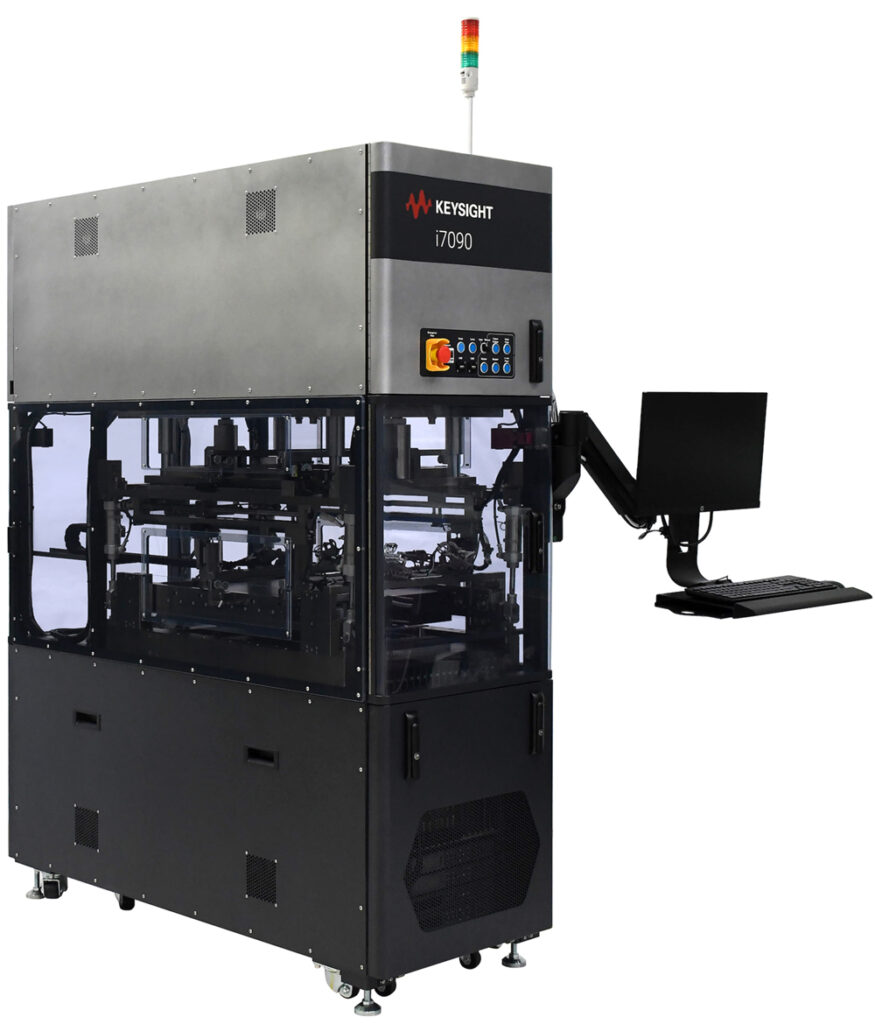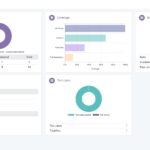ASIA ELECTRONICS INDUSTRYYOUR WINDOW TO SMART MANUFACTURING
Keysight Tool Touts Cost-Efficient In-Circuit Test
The growth of technology has led to an increased demand for low-cost electronics products and lots of them. Manufacturers must streamline manufacturing processes, reduce costs, and improve production times.
As a result, the in-circuit testing process for these products must also adapt and keep up with these demands.

How the Industry is Dealing with High-Volume Manufacturing
The use of highly-panelized boards has become a common technique in the manufacturing process to improve the throughput and increase production volumes. Low-cost electronics are also usually smaller and lower in complexity, so multiples of such boards can fit into a panel of manageable size. Examples of such boards include body control boards used in automotive electronics like power window controllers, wiper controllers, gaming boards used in portable gaming devices, or medical boards used in medical instruments.

Assembling these boards in production can be very quick, so the tests for these boards need to turn around quickly to meet the production beat rate.
These are just a few examples of the high-volume, low-complexity board devices, and there are countless others in various industries:
- Automotive electronics: Sensor boards, controller board, ECU
- Medical devices: glucose meter, blood pressure monitor, pulse oximeter
- IoT devices: Smart speakers, smart door locks, home security system
- Mobile devices: Smartphones, wearables, tablets
A challenge in production is that these boards usually also need flash programming apart from the regular test stages. As a result, the test system or process must be capable of performing in-circuit testing, flash programming, and functional testing while keeping up with the high-volume demands. If the test systems are testing or programming a single board simultaneously, multiple test systems are needed to keep up with the high-volume demands. As a result, the cost of the manufacturing test will exponentially increase. Manufacturers are looking for ways to reduce costs yet, support high-volume production demands.
How Parallel Panel Testing Helps
The technique to enable multiple boards to be tested simultaneously is called Parallel Test.
This significantly reduces production time and improves the overall efficiency of the manufacturing process. In-circuit test operators need to load the boards onto the in-circuit test system to execute the test, and if they have to load multiple boards at a time, the loading time exceeds the efficiency of the test. Therefore, the boards need to be panelized so that the operator only needs to load one panel to test all the boards in parallel. Parallel panel testing helps in-circuit tests meet high-volume demands.
For example, if testing a single board takes 6sec, and the high-volume production demands require a throughput of four boards in every 6sec (or 2,400 boards in an hour), testing single boards at a time per tester is no longer sufficient to meet the production’s high-volume requirements. Either the manufacturer purchases four testers to support the production beat rate, which requires additional operators to execute the tests and additional floor space to house the testers, or the manufacturer purchases one tester that can support the testing of all four boards in parallel.
To output four boards through the in-circuit test stage, four times the single board test time (16 sec) would be required when testing four single boards in sequence using one tester, but when testing four boards in parallel, the overall test time is only about 6sec. That’s a test time savings of 10sec over four boards.
| Test method | Single board test time | Number of boards | Total test time |
| Sequential | 6 seconds | 20 | 120 seconds |
| Parallel testing | 6 seconds | 20 | 30 seconds |
Massively Parallel Board Testing
Massively parallel board testing can be implemented to test multiple boards at the same time using multiple testing cores. Traditional in-circuit testers can usually test up to about 4 boards in parallel. However, to meet the demands of high-volume manufacturing, in-circuit testers must test 10 to 20 boards in parallel. For many low-cost products, since the boards are less complex and smaller, 20 can be designed into a panel of manageable size.
In-circuit testers that support massively parallel testing are designed with enough measurement or test cores to execute the tests for all the boards in the panel in parallel. It is akin to designing multiple testers into one. Extrapolating the earlier example, when testing 20 boards in a panel in a massively parallel test, the time savings could be above 110sec over 20 boards. If the in-circuit tester can manage this massively parallel panel testing, that high-volume production only needs one tester.

Keysight Technologies has exploited the latest design technologies to enable massively parallel board testing in the i7090 Massively Parallel In-circuit Test Systems. The company has enabled not only massively parallel in-circuit testing but also massively parallel programming, too. Now, manufacturers do not need to overspend on multiple testers. This enables them to implement in-circuit tests even on low-cost products, ensuring end customers get only good quality products.
| Test method | Single board test time | Number of boards | Total test time |
| Sequential | 6 seconds | 20 | 120 seconds |
| Parallel testing | 6 seconds | 20 | 30 seconds |
| Massively parallel testing | 6 seconds | 20 | 6 seconds |
About This Article:
The author is Shawn Lee, Technical Writer at Keysight Technologies. Lee holds a degree in Computer Science from the University of Bolton. He covers the latest board test technology, as well as a range of other technical topics.




